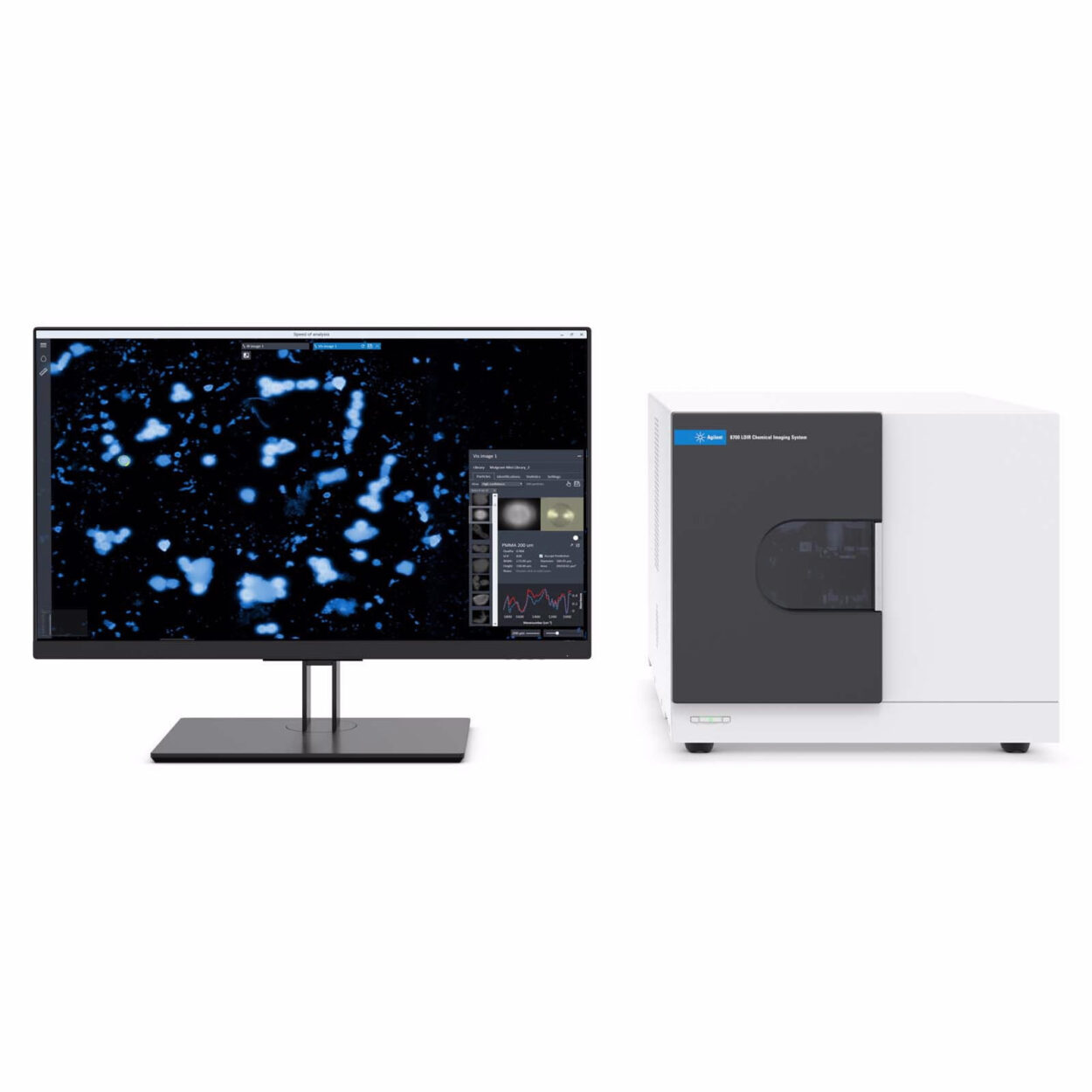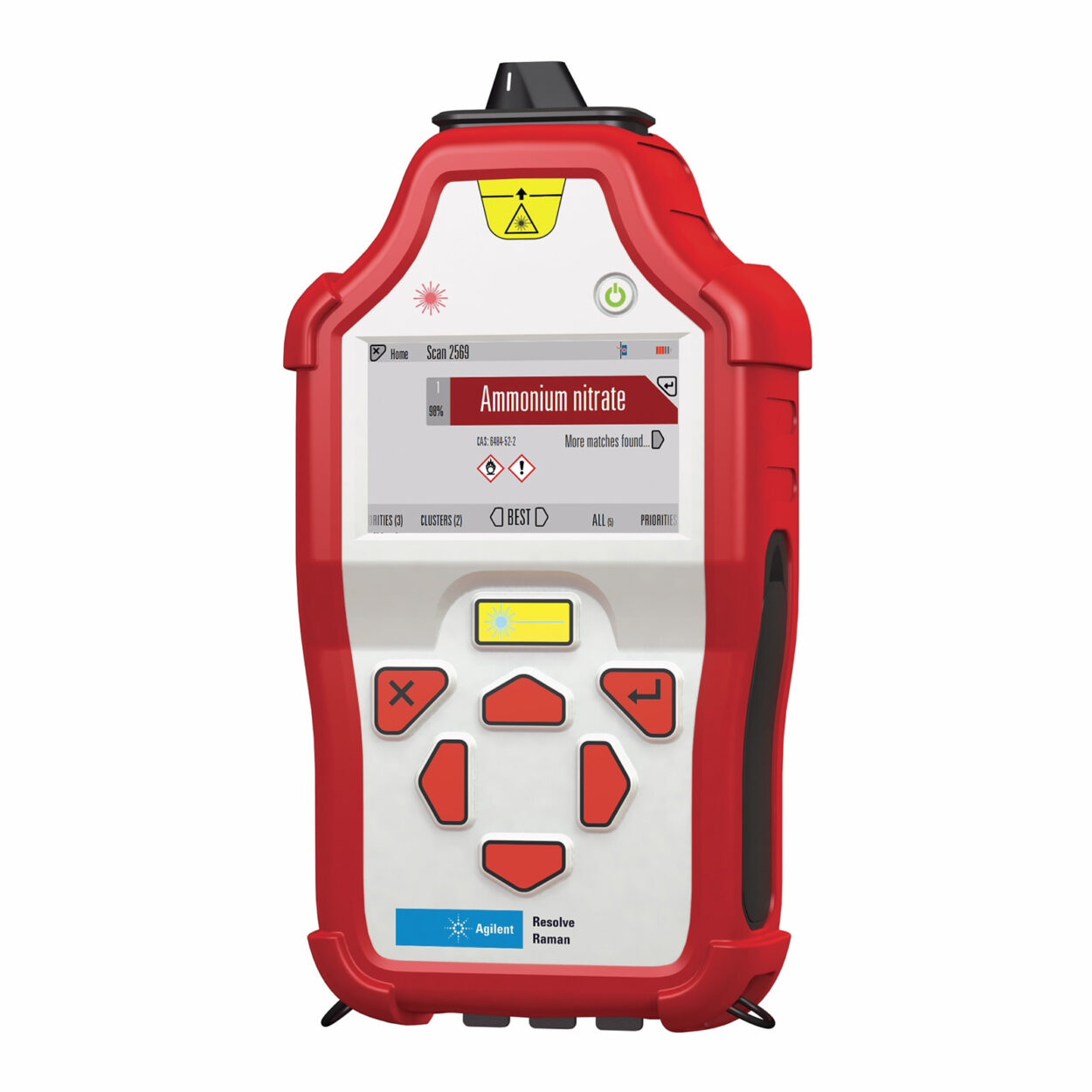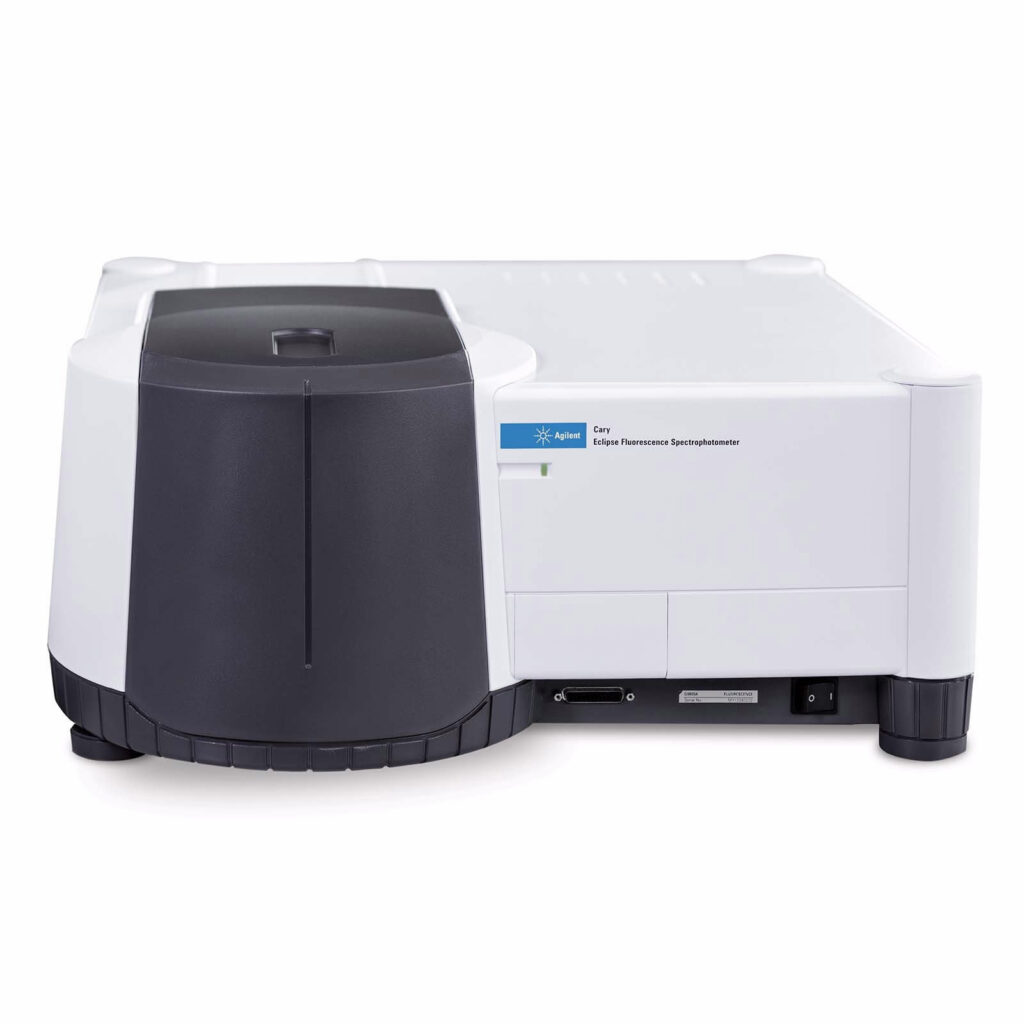A spectrometer, in the broadest sense, is an instrument used to measure the variation of a physical characteristic over a given range, i.e. a spectrum. In the case of a mass spectrometer, this could be a mass-to-charge ratio spectrum, the variation of nuclear resonant frequencies in an NMR spectrometer, or the change in light absorption and emission with a wavelength in an optical spectrometer.
In the field of science and technology, things have changed in the past months, decades, and centuries. The human mind is evolving rapidly, as technology has become more significant to a person’s daily life. Scientists have been using the help of technology for the advancement of living and knowledge. An instrument was developed by one of the foremost molecular spectroscopists was Gerhard Herzberg.
The various wavelengths of light emitted or absorbed by molecules provide a wealth of information about the arrangement of atoms within molecules, the properties of the chemical bonds that connect atoms, and the electronic interactions that govern those bonds. Furthermore, understanding how bonds are formed and broken in chemical reactions is critical for understanding phenomena in physics and astrophysics, chemistry, materials science, biology, and medicine. The discovery made scientists develop molecular spectroscopy instruments.
Five types of spectrometer:
- Fourier Transform Infrared Spectroscopy (FTIR)
FTIR (Fourier transform infrared spectroscopy) is a quick, simple, and reliable technique for identifying and quantifying constituents in a sample. FTIR instrumentation, accessories, and supplies provide user-friendly workflows and comprehensive FTIR spectrometry performance in the lab and in the field.
FTIR analyzers and flexible handheld FTIR spectrometers for field applications to dependable benchtop FTIR instruments for routine testing and cutting-edge research. This instrumentation provides accurate results for your specific measurement type. Agilent instruments offer quick and simple optimization for any application, thanks to accessories and supplies such as a variety of attenuated total reflection (ATR) options.
 Things You Should Know About Spectrometer
Things You Should Know About Spectrometer
A spectrometer, in the broadest sense, is an instrument used to measure the variation of a physical characteristic over a given range, i.e., a spectrum. In the case of a mass spectrometer, this could be a mass-to-charge ratio spectrum, the variation of nuclear resonant frequencies in an NMR spectrometer, or the change in light absorption and emission with a wavelength in an optical spectrometer.
In the field of science and technology, things have changed in the past months, decades, and centuries. The human mind is evolving rapidly, as technology has become more significant to a person’s daily life. Scientists have been using the help of technology for the advancement of living and knowledge. An instrument was developed by one of the foremost molecular spectroscopists was Gerhard Herzberg.
The various wavelengths of light emitted or absorbed by molecules provide a wealth of information about the arrangement of atoms within molecules, the properties of the chemical bonds that connect atoms, and the electronic interactions that govern those bonds. Furthermore, understanding how bonds are formed and broken in chemical reactions is critical for understanding phenomena in physics and astrophysics, chemistry, materials science, biology, and medicine. The discovery made scientists develop molecular spectroscopy instruments.
Five types of spectrometers:
• Fourier Transform Infrared Spectroscopy (FTIR)
FTIR (Fourier transform infrared spectroscopy) is a quick, simple, and reliable technique for identifying and quantifying constituents in a sample. FTIR instrumentation, accessories, and supplies provide user-friendly workflows and comprehensive FTIR spectrometry performance in the lab and in the field.
FTIR analyzers and flexible handheld FTIR spectrometers for field applications to dependable benchtop FTIR instruments for routine testing and cutting-edge research. This instrumentation provides accurate results for your specific measurement type. Agilent instruments offer quick and simple optimization for any application, thanks to accessories and supplies such as a variety of attenuated total reflection (ATR) options.
• Fluorescence Spectroscopy
Whether you need a high-energy pulsed Xenon light source to preserve the integrity of your sample (FL 6500) or a high-sensitivity source for testing diluted or small samples (FL 8500), the revolutionary fluorescence spectroscopy instruments provide the speed and accuracy you require.
The fluorescence spectroscopy instruments provide exceptional application capability across a wide range of areas and are supported by a full line of software, plug-and-play accessories, and consumables.
• Laser Direct Infrared Imaging
Using a quantum cascade laser (QCL) coupled with rapidly scanning optics, laser direct infrared (LDIR) imaging provides a quick and easy path to molecular imaging. The Agilent 8700 LDIR chemical imaging system provides high-quality imaging and spectral data and is ideal for microplastics analysis.
• Raman Spectroscopy
Agilent Raman spectroscopy systems employ proprietary Spatially Offset Raman Spectroscopy (SORS) and Transmission Raman Spectroscopy (TRS) techniques in applications ranging from airport security screening to pharmaceutical quality control, as well as hazardous chemical identification in the field.
SORS enables chemical analysis through containers and opaque barriers, ranging from assisting first responders in identifying the contents of suspicious packages to high-throughput raw material identification inside unopened packaging at pharmaceutical quality control. TRS screens whole tablets and capsules non-destructively in seconds for rapid content uniformity and polymorph analysis in pharmaceutical quality control and formulation development.
• UV-Vis & UV-Vis-NIR Spectroscopy
The Cary spectrophotometers provide unrivaled performance thanks to a track record of optical design excellence and innovation. Cary UV-Vis (ultraviolet-visible) spectrophotometers are flexible and reliable, making them ideal for routine and research measurements. Cary UV-Vis-NIR spectrophotometers (ultraviolet-visible-near-infrared) provide photometric excellence in a variety of applications for both liquid and solid samples. Our precise, user-friendly UV-Vis and UV-Vis-NIR instruments deliver exceptional resolution and unrivaled linearity for every measurement.
A comprehensive portfolio of accessories and supplies adds flexibility and makes routine ultraviolet-visible spectroscopy analysis of liquid or solid samples, precise temperature measurements, sophisticated transmission and reflectance measurements of solid samples, and many other UV-Vis and UV-Vis-NIR spectroscopy applications simple to set up and use.
How do these tools work?
Most of the other molecular spectroscopy instruments described here are still in their infancy in terms of application or instrumentation, but they have enabled the investigation of a wide range of problems in biology, chemistry, food, and art. Each technique has found unique ways to maximize its advantages while compensating for its weaknesses. Despite the fact that IR spectroscopy is a common laboratory technique, it appears to pose the most difficulties in dealing with complex biological or medical problems. The work done so far in 2D IR has opened up an intriguing path for IR to move into fields such as protein dynamics. In some cases, combining one technique with another, such as IR with MS, allowed for the identification of individual analytes in a largely homogeneous-looking sample based solely on MS.
The applications in imaging and sensing continue to evolve as researchers continue to improve on enhancing Raman signals. Furthermore, the combination of Raman and other techniques has discovered an exciting new avenue for both pre-and post-tumour removal in cancer patients. Super-resolution imaging has overcome traditional fluorescence imaging limitations, allowing exploration of previously unknown parts of the cell. As this field progresses, less understood cellular processes may be explored and imaged in real-time. Researchers’ ongoing efforts to overcome some of the challenges in many of these fields of spectroscopy will open new avenues of instrumentation, improve disease diagnostics, and determine unknown biological processes.
On any budget, characterize advanced complex materials. This comprehensive portfolio of analytical solutions includes the best molecular spectroscopy instruments for measuring UV, infrared, and fluorescence in any lab. Such as the following:
• Greater precision and sensitivity
• Variability in sample size
• A wide range of sampling techniques is available.
• Reduced sample setup time
• Software that is simple to use and produces expert results
Conclusion
Instrumentation advancements and the development of new techniques have greatly improved each field in imaging, sensing, and understanding fundamental chemical principles. Each has advantages and disadvantages that limit them to specific disciplines, and in some cases, these limitations have been overcome for future applications. The use of molecular spectroscopy instruments broadens the scope of science and technology.
- Fluorescence Spectroscopy
Whether you need a high-energy pulsed Xenon light source to preserve the integrity of your sample (FL 6500) or a high-sensitivity source for testing diluted or small samples (FL 8500), the revolutionary fluorescence spectroscopy instruments provide the speed and accuracy you require.
The fluorescence spectroscopy instruments provide exceptional application capability across a wide range of areas and are supported by a full line of software, plug-and-play accessories, and consumables.
Laser Direct Infrared Imaging
Using a quantum cascade laser (QCL) coupled with rapidly scanning optics, laser direct infrared (LDIR) imaging provides a quick and easy path to molecular imaging. The Agilent 8700 LDIR chemical imaging system provides high-quality imaging and spectral data and is ideal for microplastics analysis.

- Raman Spectroscopy
Agilent Raman spectroscopy systems employ proprietary Spatially Offset Raman Spectroscopy (SORS) and Transmission Raman Spectroscopy (TRS) techniques in applications ranging from airport security screening to pharmaceutical quality control, as well as hazardous chemical identification in the field.
SORS enables chemical analysis through containers and opaque barriers, ranging from assisting first responders in identifying the contents of suspicious packages to high-throughput raw material identification inside unopened packaging at pharmaceutical quality control. TRS screens whole tablets and capsules nondestructively in seconds for rapid content uniformity and polymorph analysis in pharmaceutical quality control and formulation development.

UV-Vis & UV-Vis-NIR Spectroscopy
The Cary spectrophotometers provide unrivaled performance thanks to a track record of optical design excellence and innovation. Cary UV-Vis (ultraviolet-visible) spectrophotometers are flexible and reliable, making them ideal for routine and research measurements. Cary UV-Vis-NIR spectrophotometers (ultraviolet-visible-near-infrared) provide photometric excellence in a variety of applications for both liquid and solid samples. Our precise, user-friendly UV-Vis and UV-Vis-NIR instruments deliver exceptional resolution and unrivaled linearity for every measurement.
A comprehensive portfolio of accessories and supplies adds flexibility and makes routine ultraviolet-visible spectroscopy analysis of liquid or solid samples, precise temperature measurements, sophisticated transmission and reflectance measurements of solid samples, and many other UV-Vis and UV-Vis-NIR spectroscopy applications simple to set up and use.

How do these tools work?
Most of the other molecular spectroscopy instruments described here are still in their infancy in terms of application or instrumentation, but they have enabled the investigation of a wide range of problems in biology, chemistry, food, and art. Each technique has found unique ways to maximize its advantages while compensating for its weaknesses. Despite the fact that IR spectroscopy is a common laboratory technique, it appears to pose the most difficulties in dealing with complex biological or medical problems. The work done so far in 2D IR has opened up an intriguing path for IR to move into fields such as protein dynamics. In some cases, combining one technique with another, such as IR with MS, allowed for the identification of individual analytes in a largely homogeneous-looking sample based solely on MS.
The applications in imaging and sensing continue to evolve as researchers continue to improve on enhancing Raman signals. Furthermore, the combination of Raman and other techniques has discovered an exciting new avenue for both pre-and post-tumor removal in cancer patients. Super-resolution imaging has overcome traditional fluorescence imaging limitations, allowing exploration of previously unknown parts of the cell. As this field progresses, less understood cellular processes may be explored and imaged in real-time. Researchers’ ongoing efforts to overcome some of the challenges in many of these fields of spectroscopy will open new avenues of instrumentation, improve disease diagnostics, and determine unknown biological processes.
On any budget, characterize advanced complex materials. This comprehensive portfolio of analytical solutions includes the best molecular spectroscopy instruments for measuring UV, infrared, and fluorescence in any lab. Such as the following:
- Greater precision and sensitivity
- Variability in sample size
- A wide range of sampling techniques is available.
- Reduced sample setup time
- Software that is simple to use and produces expert results
Conclusion
Instrumentation advancements and the development of new techniques have greatly improved each field in imaging, sensing, and understanding fundamental chemical principles. Each has advantages and disadvantages that limit them to specific disciplines, and in some cases, these limitations have been overcome for future applications. The use of molecular spectroscopy instruments broadens the scope of science and technology.

